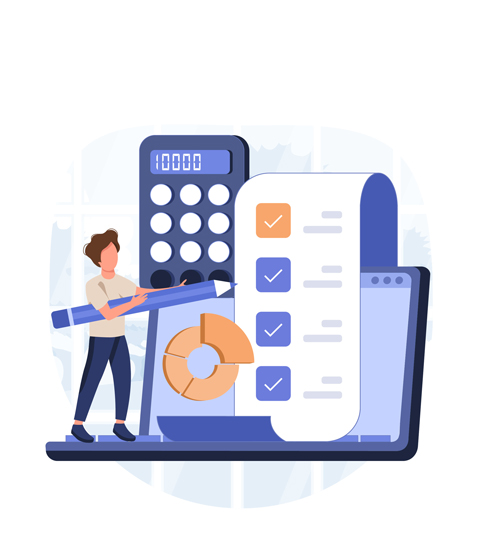Opening a restaurant can be an exciting venture for those passionate about food and hospitality, but it can also be quite expensive. In this article, we’ll explore some of the main costs associated with opening a new restaurant concept. According to a report by RestaurantOwner.com, the median cost to open a restaurant is around $375,000. However, this number can vary significantly depending on the size and location of the restaurant and the types of equipment necessary to accommodate the menu. For example, a restaurant that specializes in sushi or dry-aged meats will require additional specialty appliances, while a food truck or taco stand may be able to get by with a few core pieces of equipment and minimal staffing costs.
Equipment Costs
Your largest single expense when starting a restaurant from scratch will likely be equipment costs. From refrigeration needs, like walk-in freezers, reach-in coolers, refrigerated prep tables, ice machines and cold beverage storage, to the hot side of things like griddles, fryers, ovens and broilers, the cost of equipment can quickly add up to tens of thousands of dollars. Another potential expense is the exhaust hood and ventilation system. If your space isn’t already equipped with adequate ventilation for your kitchen concept, adding or upgrading it can be a necessary but often unexpected expense.
Budgets can be extended by buying used equipment or opting for economy pieces instead of name brands. However, cutting corners here can be a double-edged sword, since higher-end equipment often offers better performance and efficiency, reducing operating costs and preserving product, paying for itself in the long run. If you have questions about what equipment is right for you, give our experts a call at 404-752-6715.
Real Estate
One of the largest expenses associated with operating a restaurant is the cost of real estate. The cost of leasing commercial real estate can vary greatly. In some cities renting a small space can cost upwards of $10,000/month, while in other areas it may be much less expensive. However, location is important for restaurants. An expensive space in a popular area may provide better value than a cheaper space in a less ideal location.

Labor Costs
Another major expense when operating a restaurant is the cost of labor. The National Restaurant Association estimates that 1/3 of a restaurant’s yearly expenses go towards labor. Staffing needs can vary depending on the restaurant, but often include management, chefs, servers, bartenders, dishwashers, hosts and other support staff. Salaries, benefits, payroll taxes, uniforms and training costs are all part of a restaurant’s labor expenses.
Inventory/Food Costs
88% of respondents to a survey conducted by the National Restaurant Association say that their food costs have risen in recent years, at an average of 22%. While not much can be done about rising food costs, restaurant owners can focus on using their product as efficiently as possible and storing it appropriately to reduce food waste.
Licenses & Permits
In order to legally operate a restaurant, it's typically necessary to obtain various licenses and permits. These include a business license, a food service license, and a liquor license. In addition to these licenses, there may be other permits and inspections required by local health departments and fire departments.
Other Costs to Consider
If the expenses above weren’t enough, you can also expect to have other miscellaneous expenses such as the costs of cleaning and maintaining equipment, marketing and advertising costs, and insurance premiums.
Seeking advice from industry professionals, such as restaurant consultants, can help owners navigate the complex process of opening a restaurant and manage their costs effectively. By carefully planning their location, restaurant size, cuisine type, equipment and staffing, restauranteurs can get a realistic idea of their expenses and set themselves up for future success. Opening a restaurant can be a rewarding and profitable venture, but it’s important to understand the costs involved and plan accordingly to ensure long-term success.


